Reserve Bank of Australia Annual Report – 2015 Community Engagement
The Reserve Bank seeks to keep the general public fully informed about its activities. In addition to its Head Office in Sydney, the Bank has offices in Adelaide, Brisbane, Melbourne and Perth, which play an important role in the Bank's business liaison program and communication with the public. The Bank also maintains its Museum of Australian Currency Notes and consults with its Small Business Finance Advisory Panel. In addition, the Bank sponsors Australian and international economic research in areas of macroeconomics, econometrics and finance and has a corporate philanthropy program.
Activities of the State Offices
The Reserve Bank meets regularly with businesses and associations in every state and across industries in the Australian economy. The information collected under the liaison program complements what is available from official sources and helps the Bank to monitor cyclical and structural developments, as well as the effects of unusual events on the Australian economy. The broad messages gathered through liaison by the Bank's State Offices are incorporated into policy discussions and public communication. A comprehensive overview of the business liaison program was outlined in an article published in the Reserve Bank Bulletin in September 2014.[1] This included material on how the Bank gathers its business liaison information and how the information is used (including some recent examples). While much of this information is used internally in helping to shape the Bank's assessment of the Australian economy, a number of the topical articles that feature regularly in the Bulletin draw on the broad themes and messages coming from the liaison program.
As noted in the chapter on ‘Governance’, the Reserve Bank Board meets in state capitals from time to time, with the Board meeting usually held in the Bank's office in the particular city. A dinner with senior members of the local community is usually held on the evening of the day of the Board meeting, which is attended by representatives of the State Government and political Opposition, business and public sector leaders, as well as representatives of the educational, not-for-profit and other sectors. These dinners provide an opportunity to strengthen relationships between local communities and the Bank. A dinner with senior members of the Sydney community is held every two to three years with the same objective.
Staff in the State Offices also play a role in the Reserve Bank's efforts to keep the public informed of its evolving views on the economy. They interact with a broad cross-section of the community, regularly giving presentations on economic developments to business groups, community organisations and educational institutions in state capitals and regional centres. The staff in the State Offices facilitate regular visits by senior staff from Head Office to meet with liaison contacts and provide briefings on the economy to various groups in the community. Staff from the State Offices also visit Tasmania and the Northern Territory to gather information on economic conditions in those parts of Australia.

Liaison with Small Businesses
The Reserve Bank's Small Business Finance Advisory Panel was established in 1993. It meets annually to discuss issues relating to the provision of finance and the broader economic environment for small businesses. Membership of the Panel is drawn from a range of industries across the country. The Panel provides a valuable source of information on the financial and economic conditions faced by small businesses. The Bank's liaison program also involves Bank staff meeting with a number of small businesses and small business groups.
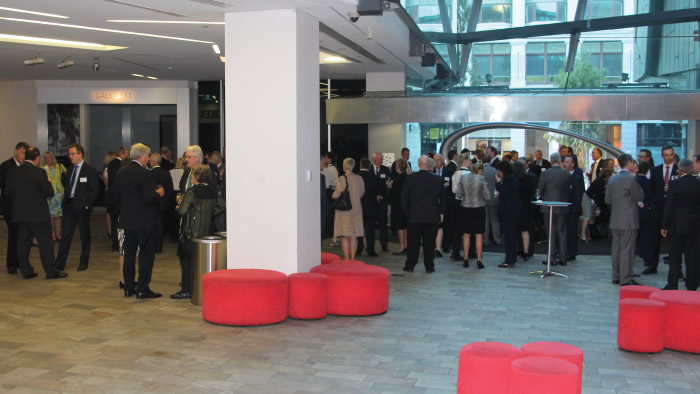
Museum of Australian Currency Notes
The Reserve Bank's Museum houses a permanent collection of artefacts, hosts periodic exhibitions and offers regular talks and tours for visitors. The permanent collection portrays the story of Australia's banknotes against the background of the nation's broader social and economic history. It welcomes visitors with a display of the types of money used before Federation – from an early colonial rum bottle through to Australia's first gold coins. Visitors can then view various banknotes produced since the first Australian note series in 1913–15. Finally, the Museum focuses on Australia's polymer banknotes, describing their design, security features and potential for recycling. When viewing the collection, visitors can observe the evolution of the nation's identity as expressed through its banknotes, learn about the influential men and women depicted on them and the artwork used in banknote design.
To mark the centenary of the commencement of World War I, an exhibition entitled Before Sunset: The Bank & World War I was introduced in 2014. It explores the fact that the First World War saw the emergence of central banking in Australia. These functions were originally performed by a part of the Commonwealth Bank of Australia that later became the Reserve Bank. The exhibition showcases the Bank's fund-raising efforts during the war and honours those staff who enlisted. It displays rare letters sent to the Governor of the day from the battlefields, including Gallipoli, along with a range of other artefacts related to the Bank's involvement in the war.
More than 16,500 people visited the Museum during the year to June 2015, with visitor numbers continuing to grow in recent years. There were 1,900 visitors on Australia Day 2015, a record for one day. More generally, Museum attendance was boosted by the Reserve Bank's participation in the NSW Office of Communities' ‘Go Play’ initiative, NAIDOC Week and History Week. The Bank also participated in Sydney Open for the first time, with over 1,400 visitors enjoying access to selected parts of the Head Office building and learning about its unique architectural features. A wide cross-section of the public visited the Museum, with educational groups accounting for over one-third of total visitors. Presentations and tours have been prepared to cater for more stages of learning. As a result, in addition to talks to senior high school students about the economy and the role of the Bank, there has been a significant increase in the number of talks to students in primary and junior high school, groups of new migrants, those with English as a second language and those from disadvantaged communities, all of whom were interested in learning about the nation's currency. Most of the information in the Museum is depicted on the Museum's website.
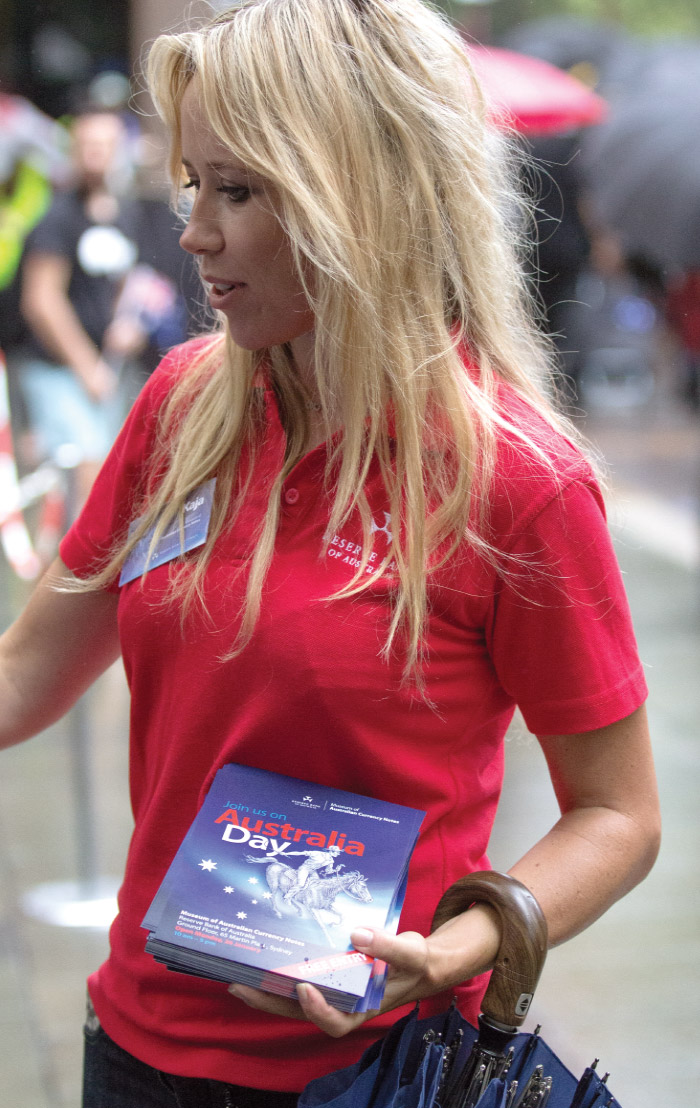
Assistance for Research and Education
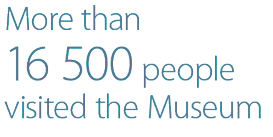
The Reserve Bank sponsors Australian and international economic research in areas that are closely aligned with its primary responsibilities. This sponsorship includes financial support for conferences, workshops, data gathering, journals and special research projects, and encompasses areas of study such as macroeconomics, econometrics and finance. In addition, the Bank provides financial support for the activities of the Centre for Independent Studies and the Sydney Institute. It is also a member organisation of the Committee for Economic Development of Australia (CEDA); membership includes an annual research contribution.
In 2014/15, the Reserve Bank continued its longstanding contribution towards the cost of a monthly survey of inflation expectations undertaken by the Melbourne Institute of Applied Economic and Social Research at the University of Melbourne. A contribution was also made towards a trial survey using a different approach to questioning consumers about their inflation expectations. The Bank maintained its contribution towards a quarterly survey of union inflation and wage expectations undertaken by the Workplace Research Centre at the University of Sydney.
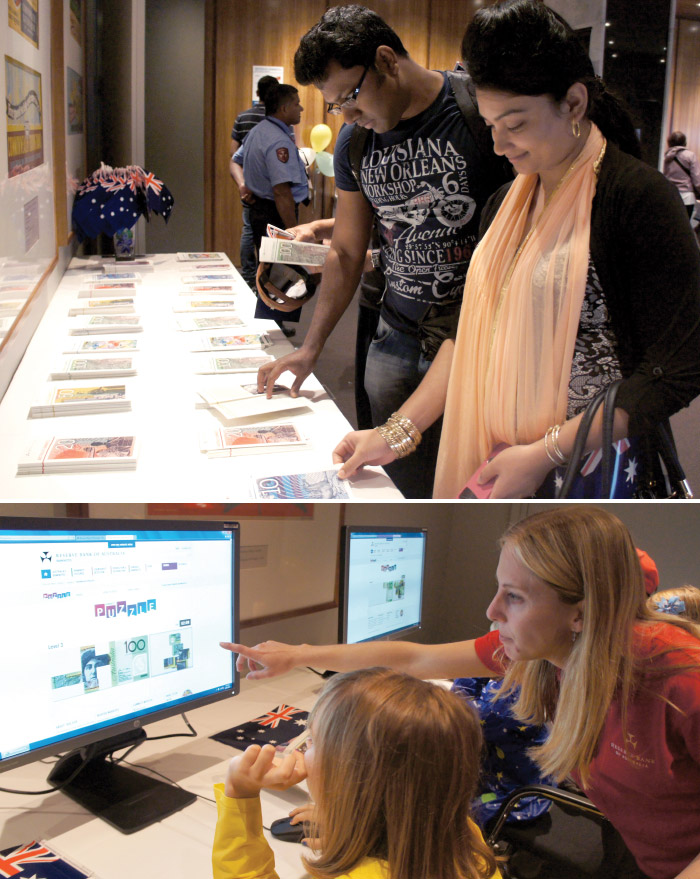
The Reserve Bank continued to provide financial support for the International Journal of Central Banking, the primary objectives of which are to disseminate first-class, policy-relevant and applied research on central banking and to promote communication among researchers both inside and outside central banks. The Bank continued its financial support for the International Accounting Standards Board and also its longstanding practice of providing financial support for the Group of Thirty's program of research into issues of importance to global financial markets. Following an invitation in 2014, the Governor became a member of the Bretton Woods Committee, whose programs and publications aim to promote economic growth, reduce poverty and maintain financial stability globally. This membership entails a modest annual financial contribution.
Financial assistance to Australian universities each year includes contributions towards the costs of conferences on economics and closely related fields. In 2014/15, these conferences included: the Paul Woolley Centre's Study of Capital Market Dysfunctionality Conference, held at the University of Technology, Sydney in October 2014; the University of New South Wales 27th Australasian Finance and Banking Conference in December 2014; the Economic Society of Australia's Conference of Economists, held jointly with Griffith University, Queensland University of Technology and the University of Queensland in July 2015; and the 20th Melbourne Money and Finance Conference in July 2015. The Reserve Bank also supports the discussion of economic issues in the community by providing a venue for the Economic Society of Australia's Lunch Time Seminar Series and the Emerging Economist Series.
The total value of support offered for research and education in 2014/15 was $226,825.
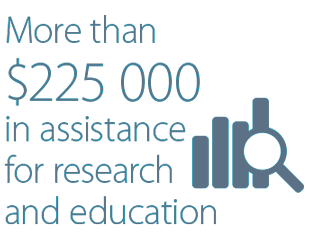
The Reserve Bank sponsors an annual essay competition across Australia designed to engage and support undergraduate students of economics. The competition is organised jointly with the University of New South Wales Economics Society and the Economic Society of Australia. In 2014, students were invited to discuss the short- and long-run implications of the productivity slowdown for the Australian economy. Michael Read wrote the winning essay, the runner-up was Angus Gibbs and the best essay from a first-year student was written by Kenny Jia Wei Ng. In a first in the eight-year history of this competition, all three winners were from the same university, namely, the University of Sydney. These students were presented with prizes by the Governor at a ceremony at the Bank in October 2014. For the 2015 competition, students have been invited to submit an essay on commodity prices and the Australian economy, considering the end of the mining boom and transition from the investment phase to the production phase in activity in the mining sector.
In conjunction with the Australian Prudential Regulation Authority (APRA), the Reserve Bank has continued to sponsor the Brian Gray Scholarship Program, initiated in 2002 in memory of a former senior officer of the Bank and APRA. Three scholarships were awarded under this program in 2015: for commerce honours in actuarial studies combined with science honours in statistics at the University of New South Wales; PhD studies in accounting at the University of Queensland; and commerce honours in finance combined with economics, also at the University of Queensland. The cost to the Bank of these scholarships in 2014/15 was $22,500.
Over the past year, the Reserve Bank hosted visits by numerous researchers (including academics, post-graduate students, authors, journalists, numismatists, heritage architects and designers) interested in accessing the Bank's archives. Some of these researchers travelled from overseas to access the archive facility, which contains a rich collection of records about the Bank's own activities as well as those of financial institutions in Australia that predate the creation of the central bank as a separate institution. Because the central bank was formerly the government printer for materials other than banknotes, the Bank's archives also include a historical collection of Australian stamps, posters and vouchers. There has been a substantial increase in the number of requests relating to historical episodes of financial crisis and the involvement of financial institutions in the two World Wars, along with requests related to significant anniversaries – most notably the approaching 50th anniversary on 14 February 2016 of the introduction of decimal currency in Australia. And there were numerous requests relating to historical design images to be reproduced in publications. The program to digitise the Bank's most significant historical records continues, with many thousands of records (including photographs and rare glass negatives) scanned and made available electronically to researchers in recent years. The Bank's Historian, Professor Selwyn Cornish of the Australian National University, is at an advanced stage of his research for the next volume of the official history of the Reserve Bank, which covers the period 1975–2000.

Charitable Activities
During 2014/15, the Reserve Bank made its 13th annual contribution of $50,000 to the Financial Markets Foundation for Children, which is chaired by the Governor. In July 2015, in its 10th public event to raise funds, the Governor addressed the Anika Foundation, which was established in 2005 to support research into adolescent depression and suicide.
The Reserve Bank's corporate philanthropy program involves several initiatives, key among which is dollar-matching staff payroll deductions (totalling $81,600 in 2014/15) to the Reserve Bank Benevolent Fund. The Bank also matched donations of $380 to the MS Society, which were raised by Bank staff participating in the ‘Sydney to the Gong’ charity bike ride in November 2014, as well as $4,685 donated by Bank staff to the Nepal Earthquake Appeal in May 2015.
Reserve Bank staff participated in a number of volunteering activities in 2014/15, including the Cancer Council's Biggest Morning Tea fundraiser, the Smith Family skilled volunteer program, the Cancer Council's Pink Ribbon and Daffodil Days and Foodbank's volunteer program.
The Reserve Bank's contributions under all these initiatives in 2014/15 totalled $144,633. In addition, the Bank facilitates staff salary sacrificing under a Workplace Giving Program.

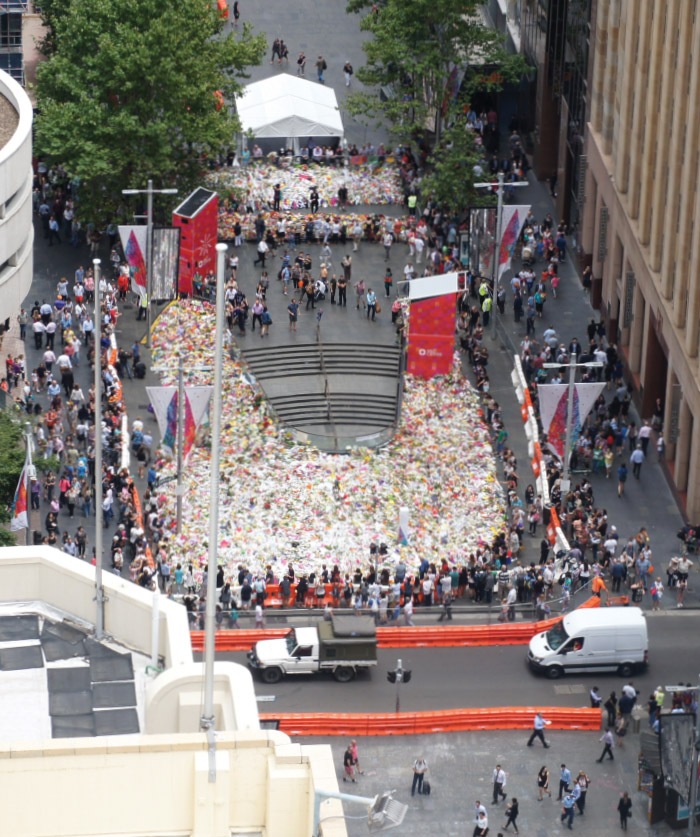
Footnote
Reserve Bank of Australia (2014), ‘The RBA's Business Liaison Program’, Bulletin, September, pp 1–5. [1]